Siphon pot coffee brewing skills | introduction of siphon pot utensils that coffee fans need to know
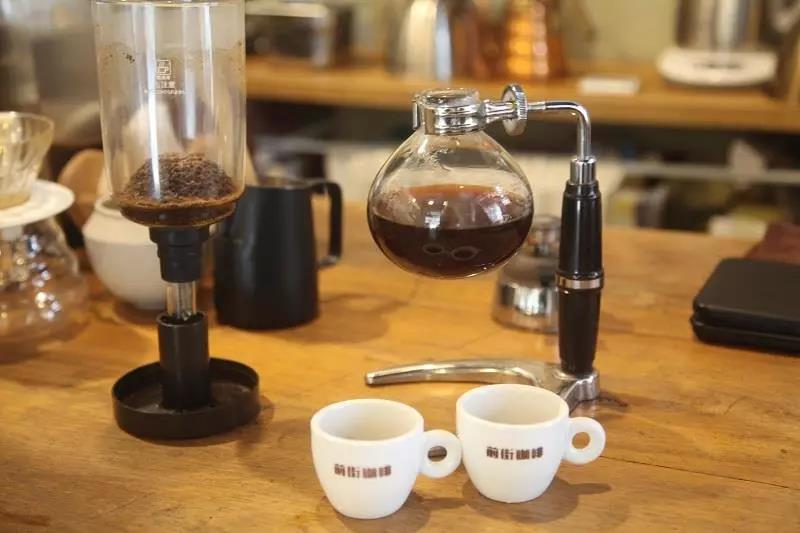
Professional coffee knowledge exchange more coffee bean information please follow the coffee workshop (Wechat official account cafe_style)
The principle of immersion extraction, as the name implies, is to let the coffee powder soak in a container, interact with hot water for a period of time, dissolve and diffuse to release the flavor and aroma of coffee smoothly, and complete the extraction before the miscellaneous flavor is precipitated. Compared with hand washing, the variation of immersion extraction is relatively small. Common immersion extraction utensils include French filter kettle, siphon kettle, and Philharmonic pressure, etc. One of the most common utensils is the French filter kettle, which is very popular because it is very easy to operate and does not need to add filter paper, so it can quickly extract full-bodied coffee.
However, when soaking extraction is used, it does not mean that the filtering steps can be omitted. For example, Philharmonic pressure requires filter paper or metal strainer to filter coffee liquid, while siphon coffee maker is equipped with a filter composed of spring hook, mesh and filter cloth. Filter paper or metal strainer can also be used. With different filters, it will also have an impact on the flavor, such as the coffee made by Philharmonic pressure with filter paper, its flavor is different from the Philharmonic pressure with metal filter. Because the filter paper will absorb oil, the Philharmonic press with metal filter will have a thicker taste, while the siphon pot coffee with metal filter will occasionally produce a metallic taste, the coffee will be made with a sharp taste, and the taste of the ceramic filter is relatively warm and moist, and it is not easy to have residual taste.
Although the variation of water injection in the process of hand flushing is reduced, the appearance of coffee is greatly affected by the collocation and use of utensils. Each brewing appliance has its own corresponding brewing process, which also includes a variety of different factors, such as bean grindability, water-powder ratio (the ratio of coffee to injected water), water temperature and time, and so on. If you want to find your favorite flavor, you can try to set the parameters of different factors and test it one by one before you can find the module that is most suitable for you and steadily extract the flavor you want.
Today, Qianjie Coffee will introduce you to siphon coffee!
The taste of siphon coffee will be different in addition to the beans itself. because it is heated by the fire source, it will also produce differences in high, medium and low temperatures with brewing, thus creating rich flavor changes. The first thing you feel when drinking is sweetness, and the sour taste will not come out until the temperature drops slightly; at high temperature, the aroma of coffee is very strong, and when the temperature drops to 70 degrees, the inherent rich taste of coffee beans will gradually emerge completely.
So, how to brew siphon coffee?
Qianjie Coffee is going to share with you the four steps of siphon coffee brewing:
STEP 1 into the filter
First, put the filter into the upper pot, pull the filter spring out of the lower pipe mouth, buckle the hook at the bottom of the pipe, and then use the stirring rod to adjust the filter position so that it is centered.
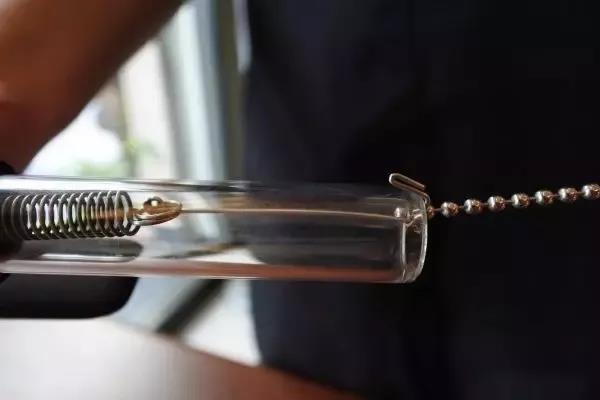
STEP 2 heating
After joining the upper pot and the lower pot, ignite and heat up the water in the pot. Keep heating up and push the water to the upper pot through the hot expansion and cold contraction of the air in the next pot. At this time, the bubbles floating on the water surface can be observed. if there are large bubbles, it means that the filter is uneven, and then the mixing rod can be used to adjust the position to make sure that the seal does not leave a gap.

Pour STEP 3 into the powder and stir
When most of the hot water is injected into the pot, it is adjusted to the required firepower, and then the coffee powder is poured in, timed and stirred. Stirring is a key link in the siphon cooking process, which is aimed at homogenizing the coffee. First, use a stirring rod to gently press the powder, let the powder sink, and finally draw a circle to stir so that the powder can come into contact with enough water and release the substance smoothly. About 20-30 seconds for the second stirring, the cooking process will continue to have aroma, the total cooking time of about 50 seconds-1 minute.

STEP 4 stops heating
After turning off the fire, because the gas pressure becomes smaller, the heat expands and shrinks, and the upper pot of coffee falls due to the siphon principle. (another way is to cover the lower pot with a wet cloth to accelerate the reaction of hot and cold shrinkage. After use, soak the coffee pot in hot water to remove the residual oil stains. If you need to clean thoroughly, you can use cleaning enzyme or baking soda powder.
Qianjie Coffee shares the little Tips secret of siphon coffee.
The mastery of heat is the most critical cause of siphon cooking. In use, alcohol lamps need to adjust the bulbs, and it is not easy to control firepower; gas stoves have strong firepower but are prone to uneven heating, so it is suggested that you can put the source of fire on the side and move to adjust firepower at any time; halogen lamps have no flame, the heating state is the most stable.
Qianjie Coffee introduces coffee fans to all kinds of siphon pots:
Classic old-school aroma

K NO siphon pot SK-2G
Material: heat-resistant glass, log, stainless steel
In 1923, Kinnono developed the world's first upright siphon pot and established the most common siphon pot style on the market. The glass pot has a thick wall, good thermal insulation and durability, and the most special feature is the design of the arched ceramic filter, which is conducive to drainage. After extraction, the coffee liquid is quickly pulled back to the next pot, which can modify some bad flavors in terms of flavor performance. Create a round and mellow coffee liquid for export, making the coffee more palatable as a whole.

Hario classic siphon coffee maker HTF-2
Grindability: medium material: heat resistant glass, stainless steel, PP, aluminum, iron, lead alloy, brass
This siphon pot is an entry-level basic model launched by Hario in the early days. It has been discontinued and needs to be looked for patiently. The characteristic of this siphon kettle is that the shape of its glass adopts the design of imitation antique wind kettle. At present, the style with the same glass shape is MCA-3. However, the early version of the siphon kettle is more retro and rustic in shape, different from the common long tube design.
The revival of glass rods
The use of glass rod filter does not need filter paper or filter cloth, paper and cloth will absorb coffee oil, the oil itself has more aroma, so the use of glass rod filter can retain a more complete coffee flavor.
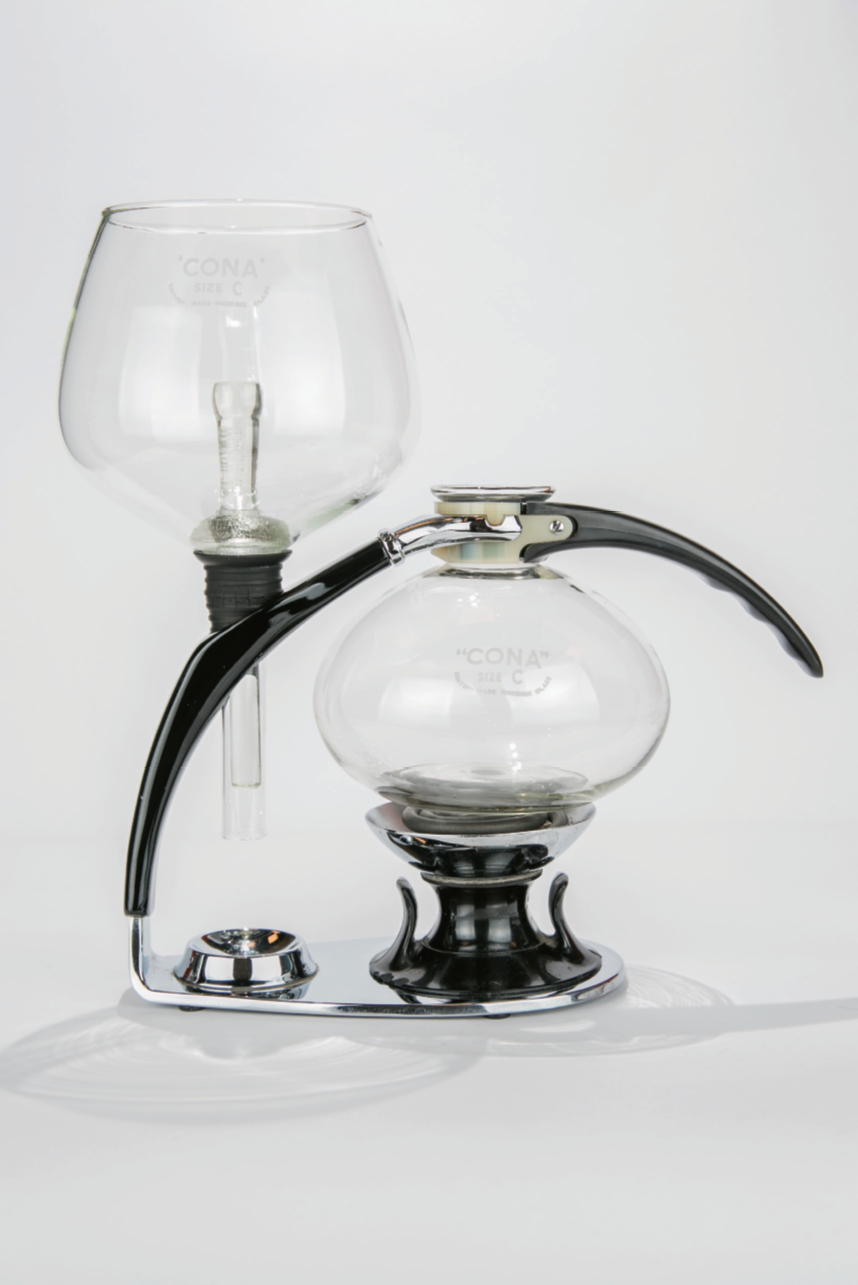
CONA siphon kettle
Degree of grinding: fine material: glass
CONA is a British coffee utensils brand with a long history, and this siphon pot is also an antique product of early coffee utensils. The most special thing about this siphon pot is that it uses glass rods to filter. Using a siphon pot filtered with a glass rod, the grinding scale can be changed to fine. There is no need for a ceramic filter or a filter cloth. after the extraction is turned off, it can be found that the coffee powder will be surrounded by the glass bar. The coffee liquid is filtered by the coffee powder. The finer the grinding, the cleaner the filtering effect.
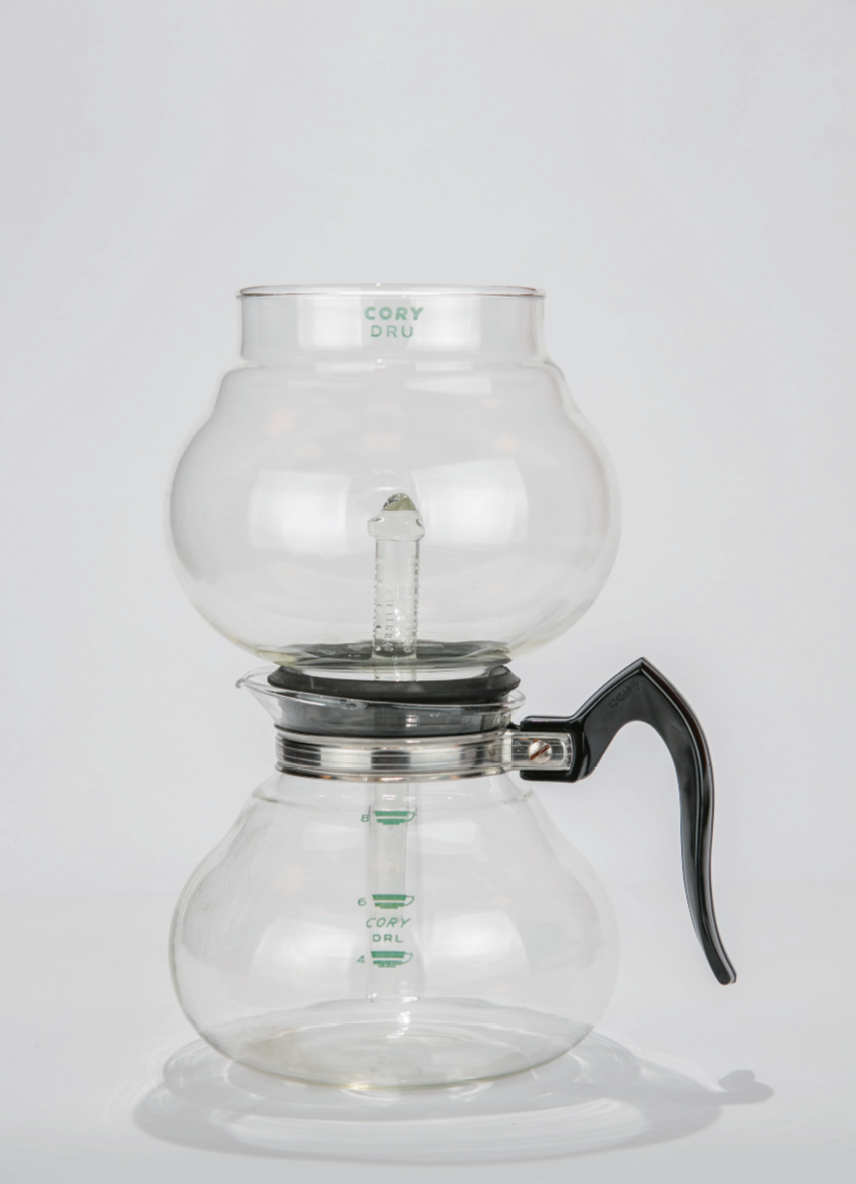
CORY siphon kettle
Material: glass
CORY, a coffee utensils brand from the United States, also uses glass sticks to filter its siphon pots. From its pristine and retro appearance, it is estimated that it is about the classic design of the 1930s (in the 1960s, the 1970s was the most popular time for siphon), it can be found that its shape is very large, but because the early coffee pot often takes the positioning of family number and mass extraction, so it has a large capacity.

CONA, Silex glass rods
Material: glass
The British Cona glass rod filter is only suitable for the original factory, but the American Cory and Silex glass rod filter can be placed in the modern wind pot. When filter cloth and filter paper became popular, glass filters were left out in the cold, resulting in a fault in the history of siphon pot filters. In modern times, many people did not know that glass rod filters could be used. At present, some stores in China have begun to sell replicated glass rod filters suitable for other brands of wind teapots, in addition to glass materials, there are also ceramic versions.
The above immersion extraction experience and siphon coffee brewing method interview with Kangkang, the person in charge of Peloserga store. The home-baked Paloser Ka shop gives guests the freedom to choose how to make coffee. After choosing coffee beans, you can choose to use hand-brewing, siphon, or Philharmonic pressure and other cooking methods. The cup-making process is relatively complicated, but you can indulge in the connection between utensils and flavor, which is also the ideal and persistence of opening a shop for many years.
Where can I find these classic siphon pots? Qianjie Coffee has collected some information for your reference:
│ Red Coffee and Bean seller
In the coffee utensils player, the well-known red coffee bean vendor can not only taste the good taste of self-baking coffee in his shop, but also catch a glimpse of the latest coffee utensils found by the boss at 05:00. Want to inquire about antique coffee utensils? Want to know about coffee utensils? Want to buy alternative appliances that are hard to find on the market? Go to Hongze for a cup of coffee!
│ Yamada Cafe
Here are all the must-visit shops that want to know the mysteries of drip method, where you can drink the most orthodox K ONO and Kanazawa hand brewed coffee, as well as sell a variety of K NO coffee utensils. In the spirit of Japanese staff, focus on doing a good job, from the selection of beans, baked beans, cooking utensils, to hand brewing skills, are completely showing the most authentic Japanese "KO NO" style.
Important Notice :
前街咖啡 FrontStreet Coffee has moved to new addredd:
FrontStreet Coffee Address: 315,Donghua East Road,GuangZhou
Tel:020 38364473
- Prev
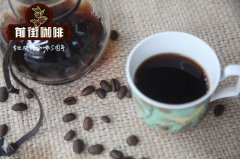
The Origin, planting History and Ecological Environment of Hamant Manor
The history and ecological environment of Harmont Manor's coffee has always been one of the best in Panama, winning the Best of Panama in 2006. In order to protect the ecology of the forest, based on the principle of no felling and reclamation, it is called shady coffee, and has obtained "bird-friendly certification". Coffee peel and pulp are made into special powders for stacking.
- Next
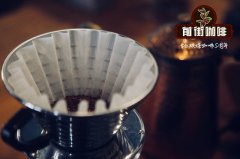
How many types of coffee trees are there? Do you know coffee lovers?
How many types of coffee trees are there? Do you know coffee lovers? Taxonomically, coffee belongs to the Genus Coffea of the Rubiaceae family, under which there are at least 100 coffee varieties. Common coffees include Arabica (elegant flavor, the mainstay of fine coffee) and Robusta (robust beans, coarse flavor,
Related
- Detailed explanation of Jadeite planting Land in Panamanian Jadeite Manor introduction to the grading system of Jadeite competitive bidding, Red bid, Green bid and Rose Summer
- Story of Coffee planting in Brenka region of Costa Rica Stonehenge Manor anaerobic heavy honey treatment of flavor mouth
- What's on the barrel of Blue Mountain Coffee beans?
- Can American coffee also pull flowers? How to use hot American style to pull out a good-looking pattern?
- Can you make a cold extract with coffee beans? What is the right proportion for cold-extracted coffee formula?
- Indonesian PWN Gold Mandrine Coffee Origin Features Flavor How to Chong? Mandolin coffee is American.
- A brief introduction to the flavor characteristics of Brazilian yellow bourbon coffee beans
- What is the effect of different water quality on the flavor of cold-extracted coffee? What kind of water is best for brewing coffee?
- Why do you think of Rose Summer whenever you mention Panamanian coffee?
- Introduction to the characteristics of authentic blue mountain coffee bean producing areas? What is the CIB Coffee Authority in Jamaica?

